#czech cinderella
Text
Something I don’t at all understand about Norwegians remaking Three nuts for Cinderella (Tři oříšky pro Popelku) is the claim to make it more feminist like
I think this is like the ONE version of Cinderella that’s feminist, especially for its time. It’s got the main heroine be strong, capable, tough and need no man to save her and not waiting patiently for her life to turn around while also being an androgynous icon who slays in a hunter’s outfit as well as in a dress and is a good and kind person without losing her femininity.
No hate to the norwegian remake, but I just don’t think the “more feminist” argument works.
#cinderella#czech fairytales#tři oříšky pro popelku#three nuts for cinderella#norwegian fairytale#norwegian#norwegian cinderella#czech cinderella#popelka#askepott#three wishes for cinderella#norway#české pohádky#čumblr
170 notes
·
View notes
Text


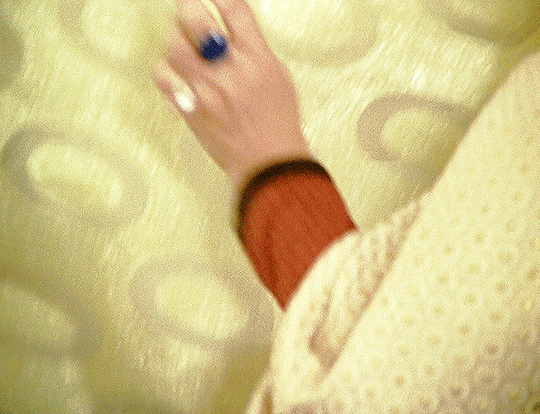
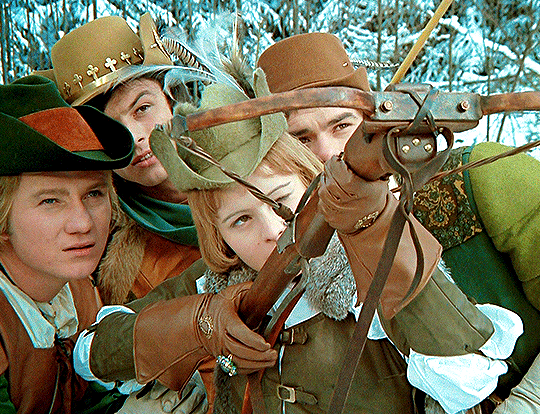

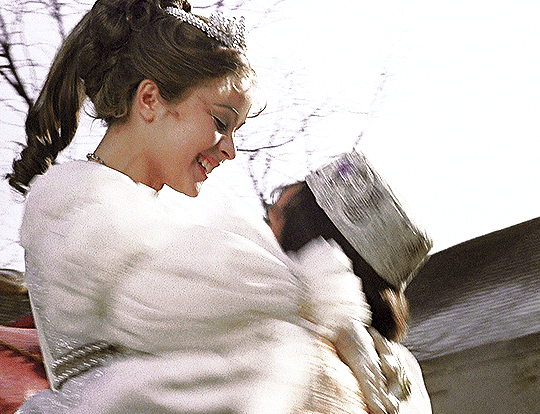
"I don't know if she's a Princess but she's beautiful. And somewhere here I lost her."
Tři oříšky pro Popelku / Drei Haselnüsse für Aschenbrödel / Three Wishes for Cinderella (1973) dir. by Václav Vorlíček.
#Tři oříšky pro Popelku#Drei Haselnüsse für Aschenbrödel#Three Wishes for Cinderella#Václav Vorlíček#Czechoslovak#Czech#German#Czechoslovak Cinema#Czech Cinema#Czechoslovak Fairy Tale#Czech Fairy Tale#My Gifs#GD
835 notes
·
View notes
Text
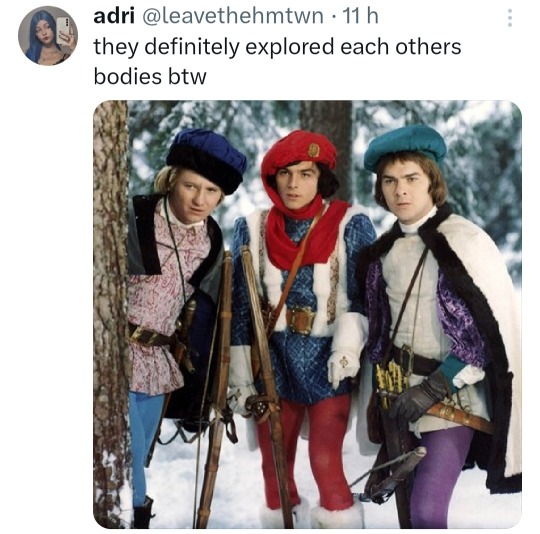
#čumblr#tři oříšky pro popelku#drei haselnüsse für aschenbrödel#another rare banger from czech twitter that i think tumblr would love#three wishes for cinderella
580 notes
·
View notes
Text

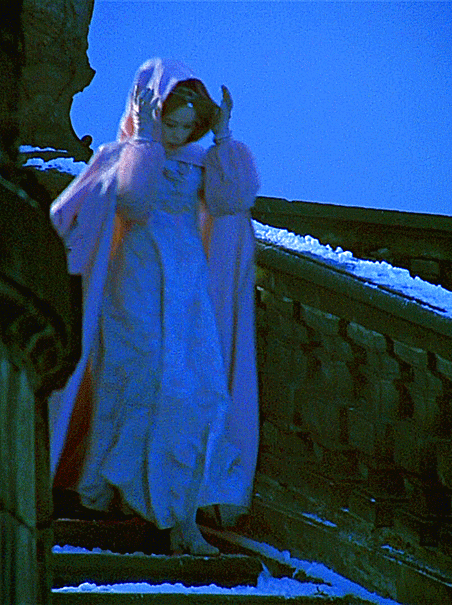

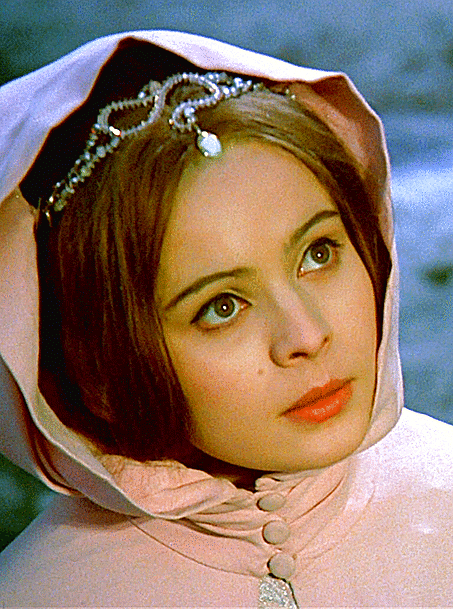
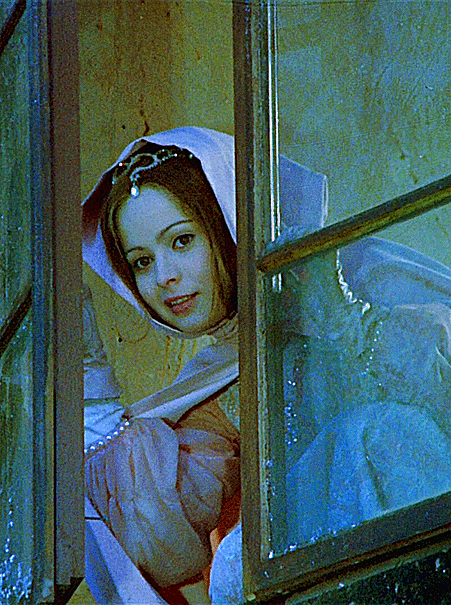
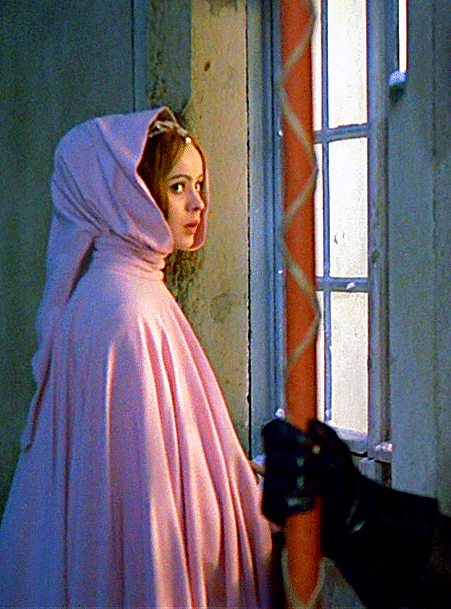
Cinderella's cape in Three Wishes for Cinderella
#three wishes for cinderella#drei haselnüsse für aschenbrödel#cinderella#libuse safrankova#perioddramaedit#period drama#periodcostume#fairy tales#czech movies
286 notes
·
View notes
Photo

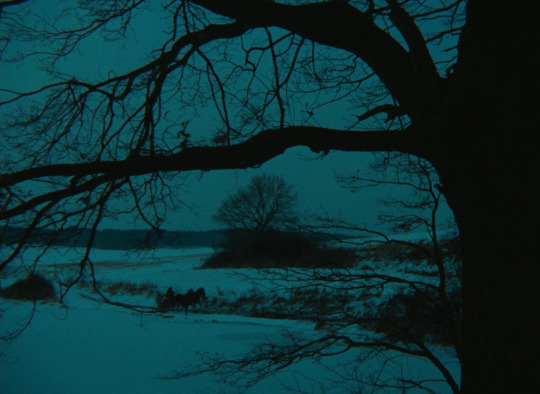

Tři oříšky pro Popelku - Václav Vorlíček - 1973 - Czechoslovakia/East Germany
3K notes
·
View notes
Text
The next section of Cinderella Tales from Around the World is devoted to a lesser-known Cinderella subtype: One-Eye, Two-Eyes, Three-Eyes.
*The most famous tale of this type is the German version from the Brothers Grimm. To summarize:
**A woman has three daughters, each with a different number of eyes: One-Eye, Two-Eyes, and Three-Eyes. The middle sister, Two-Eyes, is hated and abused by her mother and sisters because she's beautiful and normal-looking. (There's no mention of how many eyes the mother has.) Every day she's sent out to pasture the goat, starving because her family only feeds her scraps. But one day she meets a "wise woman" (i.e. a fairy) who instructs her to recite a rhyme, and then her goat will bring her a table covered with food. She does this every day, until her mother notices that she's not eating her scraps anymore. One-Eye goes out to spy on her, but Two-Eyes sings her to sleep. Then Three-Eyes goes out, and again Two-Eyes sings, but in her lullaby she mistakenly sings "Two-Eyes" instead of "Three-Eyes," so only two of her sisters' eyes fall asleep while the third stays awake and sees how she feeds herself. She reports it to the mother, who kills the goat. But the wise woman instructs Two-Eyes to bury the goat's entrails, and when she does, a tree with silver leaves and golden apples grows from the spot. Whenever the mother or sisters try to pick the apples, the branches move out of their reach, but Two-Eyes is allowed to pick them. One day, a handsome young knight rides by, and the mother and sisters hide Two-Eyes under a barrel. But the knight admires the tree and asks for a branch from it, yet neither One-Eye nor Three-Eyes can break one off. Then Two-Eyes rolls some golden apples out from under the barrel, revealing her presence, and gives the knight his branch. The knight wants to reward her, so she asks him to take her away from her cruel family. He takes her to his castle, where the tree magically follows them, and soon afterward they marry. Some time later, One-Eye and Three-Eyes appear at the castle door, now reduced to beggars. Two-Eyes forgives them and takes them in, and her kindness makes them repent their former treatment of her.
*The other tales of this type that Heiner's book features come from France, Scotland, Denmark, Russia, the Czech Republic, India, and the United States.
**There are three French versions: Little Annette, The Golden Pear-Tree, and The Golden Bells.
*** All three include the heroine's ineffectual father, in contrast to the all-female household in the Grimms' version, and in the first and third tales, the wicked women are the heroine's stepmother and stepsisters instead of her birth family.
***In The Golden Bells, the heroine, Florine, is a princess, and her father and wicked stepmother are the king and queen. In Little Annette, the girl's eventual husband is a prince, while in the other two, he's a king.
***None of these versions include the "one-eye, two-eyes, three-eyes" motif either: in Little Annette, the stepmother magically adds an eye to the back of her youngest daughter's head, which stays open while her own eyes sleep, while in the other two the (step)sister just pretends to sleep.
***In all three, the heroine receives her food by tapping a sheep with a magic wand. In Little Annette, the wand is given to her by the Virgin Mary, in The Golden Pear-Tree by a man, and in The Golden Bells by her dying mother at the beginning. Also, rather than personally killing the sheep, the (step)mother pretends to be sick and insists that only eating the sheep's meat will cure her, so the father kills it.
***In Little Annette, the magic tree that grows from the sheep's remains just bears "the most tempting fruit," while in the other two tales, as their titles imply, it respectively bears golden pears and constantly-ringing golden bells.
***The Golden Pear-Tree and The Golden Bells both continue after the heroine's marriage with a plot against her while her husband is away at war. In The Golden Pear-Tree, the heroine gives birth to twins, and her wicked mother-in-law replaces them with two puppies, which causes the king to order his wife executed. Unfortunately, this story only survives as a fragment with no ending, but presumably the heroine escapes somehow and reunites with her husband and children after the truth is revealed. In The Golden Bells, the stepmother throws Florine into a river. But when she does so, the bells on the tree stop ringing, and the king hears this, realizes something is wrong, hurries home, and rescues Florine.
**In the odd Scottish tale of The Sheep's Daughter, the heroine is the king's secret illegitimate daughter, whose mother is a sheep. (Apparently an anthropomorphic one who lives in a house, although the queen is able to order her slaughtered like any other sheep.) The wicked women are the king's wife and legitimate daughters. The king secretly pays regular visits to the sheep and her child, bringing them gifts, until the queen has her two daughters spy on him. The sheep magically sings the first princess to sleep, but accidentally leaves one of the second princess's eyes awake, so the queen learn's what's happening, and has the sheep killed. The heroine buries her mother's bones, then lives alone in their cottage for five years, at which point a prince gives a three-day feast. The heroine's mother rises from her grave, transformed from a sheep into a beautiful princess: she dresses her daughter in finery, and from there on the story becomes Cinderella, with the heroine attending the festival and losing a slipper on the third night, which the prince uses to find her.
**In the Danish Mette Wooden-Hood, the wicked women are again the heroine's stepmother and stepsisters: the stepmother starts out as Mette's seemingly-kind schoolteacher, who of course manipulates her into convincing her father to marry her. Mette's helper is her mother's spirit, who comforts her at her gravesite and summons doves to feed her. But eventually the younger stepsister, who has an extra eye in her neck, learns this, and Mette is locked up so she can't visit the grave anymore. Mette finally manages to run away, however, and her mother's spirit gives her a wooden dress to wear and a box that will grant her wishes when she taps it. From this point on, the story becomes like Donkeyskin or All-Kinds-of-Fur, as Mette becomes a scullery maid at a palace, attends church in magic finery three times, and on the third Sunday loses a shoe.
**In one of the two Russian versions, Little Havroshecka, the heroine is an orphan while the wicked mother and daughters are her foster family, and in other, Burenushka, they're her stepmother and stepsisters: they're also a queen and princesses in the latter. In both of these versions, "One-Eye, Two-Eyes, and Three-Eyes" are the heroine's three wicked stepsisters, in contrast to the Grimms' version where Two-Eyes is the heroine. The animal helper is a cow, who magically spins flax for the heroine in Little Havroshecka, magically feeds her in Burenushka. In the former story, after the cow is killed, a silver tree grows from her remains with golden leaves and crystal apples, which only Havroshecka can pick, while in the latter tale, a berry bush grows on which birds sing, and the birds chase away anyone who tries to pick the berries except for the heroine. Little Havroshecka ends with Havroshecka's marriage, while Burenushka continues with the heroine giving birth to a son, her stepmother turning her into a goose, and her coming back each day to briefly resume human form and suckle her baby, until her husband finds out and breaks the spell by burning the goose skin.
**In the Czech tale of The Girl Who Had a Witch for a Stepmother, "One-Eye, Two-Eyes, and Three-Eyes" are again the heroine's three wicked stepsisters, and the animal helper is again a cow, who spins the heroine's flax for her, as promised by her mother's spirit. After the cow is killed, her remains produce an apple tree and a well full of wine, both of which only the heroine can access. A prince proposes marriage to her as a result, but on their wedding day the stepmother locks her up and sends one of her own daughters disguised in the bridal clothes, cutting her feet to make the shoes fit. But the heroine turns herself into a bird and flies after her prince and stepsister, calling out the truth. Thus she gets her happy ending.
**The Iranian tale of The Story of How Fatima Killed Her Mother and What Came of It, is obviously related closely to the Iranian Cinderella tale shared earlier in the book, The Story of Little Fatima. Once again, we have a heroine named Fatima whom a wicked woman persuades to kill her own mother, and then persuade her father to marry the woman who urged it. But after the stepmother turns abusive and starves her, the mother's forgiving spirit instructs Fatima in a dream to buy a yellow calf, which produces food from its ears. Meanwhile, the stepmother gives birth to two daughters of her own, Four-Eyes and Four-Stumps, who spy on their half-sister when they're old enough and discover her secret. After the calf is killed, the story has various twists and turns that include a "kind and unkind girls" episode, a Cinderella-style lost shoe leading a prince to Fatima, and Four-Stumps murdering and replacing Fatima after she gives birth to a son, only for Fatima to miraculously come back in the end.
**The Indian tale of Lal Badshah, the Red King, or The Two Little Princesses revolves around two sister princesses who are abused by their stepmother. They secretly find food each day on their mother's grave, until their stepmother's cat spies on them and reports it, and the wicked queen manipulates the king first into desecrating the grave, and then into abandoning his daughters in the forest, Hansel and Gretel-style. After many more twists and turns, the two finally live happily ever after, with one princess married to a king and the mother of a son, and her devoted sister by her side.
**Last of all is a Latin American tale called One-Eye, Two-Eyes, and Three-Eyes, where as in the Grimms' tale, Two-Eyes is the heroine abused by her cruel mother and sisters. But otherwise, this is a Cinderella story. A prince gives three balls, and Two-Eyes is forbidden to go; but before the first ball, the prince meets and falls in love with Two-Eyes, so he secretly sends her a coach and finery each night. On the night of the third ball, the mother has Three-Eyes stay home to spy on Two-Eyes, and though two of her eyes fall asleep, her third eye discovers Two-Eyes' secret. The next day, when the prince comes to the house to ask for Two-Eyes' hand in marriage, the mother locks her away and tries to offer him first One-Eye, then Three-Eyes. But of course he rejects them both and finds Two-Eyes in the end.
*It's strange that the Grimms, who normally bowdlerized wicked mothers into stepmothers in their tales, offer one of the very few versions of this tale where the heroine's abusers are her own mother and sisters instead of a stepmother and stepsisters. That said, in their footnotes they do allude to other variants where the heroine is a stepdaughter and her helper is her mother's spirit.
I'm almost finished reading this enormous anthology. After this brief section comes the last set of tales: Cinderella tales that don't fit into any of the usual categories.
@ariel-seagull-wings, @adarkrainbow, @themousefromfantasyland
#cinderella#one-eye two-eyes three-eyes#fairy tale#variations#cinderella tales from around the world#heidi ann heiner#the brothers grimm#tw: animal death#tw: violence#tw: murder#germany#france#scotland#denmark#russia#czech republic#iran#india#the united states
29 notes
·
View notes
Text

The ultimate classic. Cinderella.
Popelka from Tři oříšky pro Popelku (Three wishes for Cinderella).
#katie arts#illustration#popelka#tři oříšky pro Popelku#three wishes for cinderella#Czech#čumblr#cinderella
338 notes
·
View notes
Text
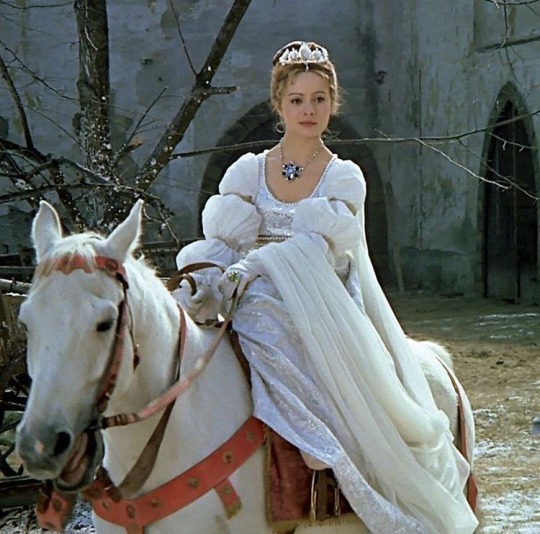
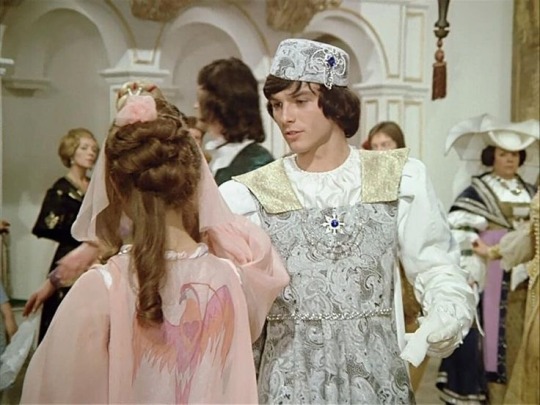
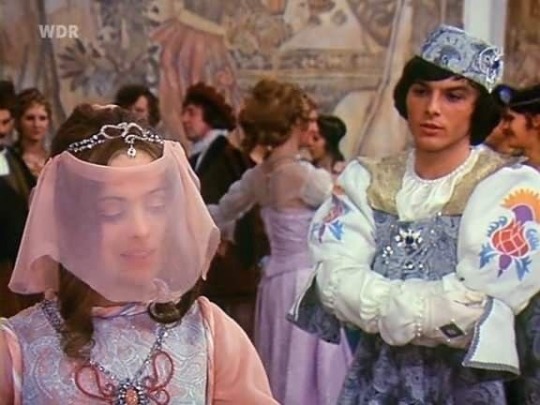

this film is all my childhood. hope that someday people have the decency to remember that this film was a german-czech co-production directed by Václav Vorlíček and starring the beautiful Libuše Šafránková.
i have never been prouder of my heritage.
#tři oříšky pro popelku#Libuše Šafránková#1970s#Václav Vorlíček#coquette aesthetic#coquette girl#coquette#coquette clothes#coquette community#coquette girls#70s#70s film#70s movies#princesscore#balletcore#fairtytale#cinderella#czech#czech cinema#heritage#slavic#slavic folklore#slavic treasures#slavic culture#eastern europe#slavic girls#slavic vibes
25 notes
·
View notes
Text

If any other English-speakers want to watch Three Wishes For Cinderella (1973) this is the version I watched. The quality is good, you just have to manually enable the captions on YouTube. And you can catch my fairy tale freakout here.
#three wishes for cinderella#three wishes for cinderella 1973#three hazelnuts for cinderella#tři oříšky pro popelku#drei haselnüsse für aschenbrödel#cinderella#fairy tale#fairy tale movies#fairy tales#fairy tale movie#czech cinema#german film#czech film#christmas classics#english subtitles
129 notes
·
View notes
Text
for all my czech cod lovers! do you know how excited König would be to watch you-know-what with czech S/O? very
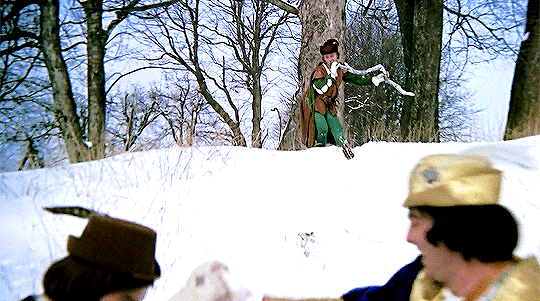
#they do love some popelka#popelka#tři oříšky pro popelku#cod#call of duty#konig#Drei Haselnüsse für Aschenbrödel#Three Nuts for Cinderella#en#czech#cz#czechia#čumblr
13 notes
·
View notes
Text
It’s that time of year again
#no mariah here only REAL christmas music#iykyk#the girls that get it get it#and if you get it i love you#this is for my czechs germans and norwegians#I live for how obsessed we are with this movie in norway#it’s so random it gives me life#christmas#christmas posting#drei haselnüsse für aschenbrödel#cinderella
8 notes
·
View notes
Photo

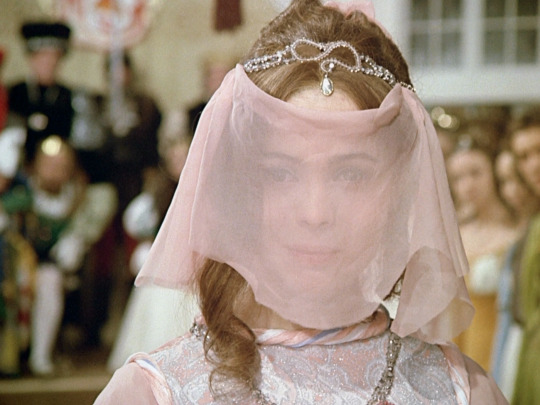
Libuše Šafránková as Cinderella in Tři oříšky pro Popelku / Drei Haselnüsse für Aschenbrödel / Three Wishes for Cinderella (1973) dir. by Václav Vorlíček.
#Libuše Šafránková#Tři oříšky pro Popelku#Drei Haselnüsse für Aschenbrödel#Three Wishes for Cinderella#Three Hazelnuts for Cinderella#Václav Vorlíček#Czechoslovak#Czech#Czechoslovak Cinema#Czech Cinema#Czechoslovak Fairy Tale#Czech Fairy Tale#Fairy Tale#My Screenshots#GD
2K notes
·
View notes
Text



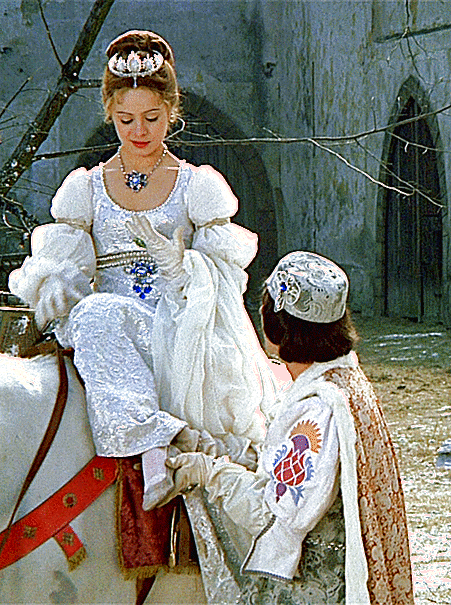
Cinderellas wedding dress in Three Wishes For Cinderella
#three wishes for cinderella#cinderella#libuse safranovka#perioddramaedit#period drama#periodcostume#costume design#fairytale#christmas movies#czech movies#drei haselnüsse für aschenbrödel
295 notes
·
View notes
Photo
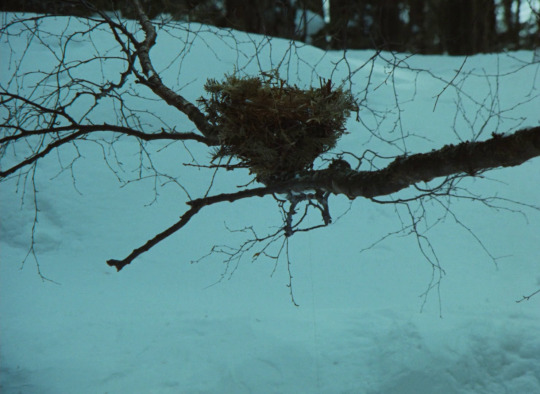


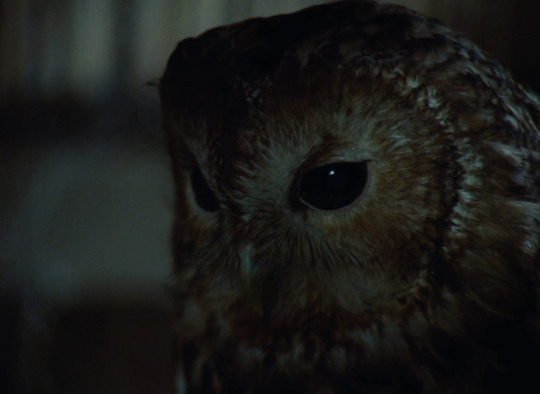
Tři oříšky pro Popelku - Václav Vorlíček - 1973 - Czechoslovakia/East Germany
286 notes
·
View notes
Text

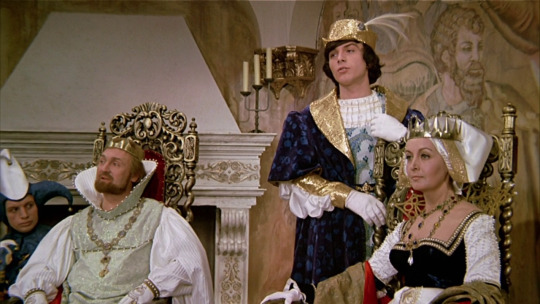





Three Wishes for Cinderella [Tři oříšky pro Popelku] (1973)
Directed by Václav Vorlíček
Cinematography by Josef Illík
#art#art history#artists on tumblr#aesthetic#film photography#beautiful photography#film#cult film#movie#Christmas#Christmas movie#Cinderella#czech cinema#czech art#czechoslovakia#czech#germany#german movie#holiday movie#christmas holiday#Christmas holiday film#Christmas film#christmas films#royal aesthetic#princess core#princesses#prince#film screenshots#film screencaps#film scenes
23 notes
·
View notes
Text
The next series of Donkeyskin tales from Heidi Ann Heiner's Cinderella Tales from Around the World come from Central and Southeastern Europe: the Czech Republic, Romania, Austria, Croatia, and Serbia.
*In a recurring theme in variants from this part of the world, the heroine was born with a golden star on her forehead, which her mother also has. (Or, in the Austrian tale of Besom-Cast, Brush-Cast, Comb-Cast, it's a golden cross.) After her mother dies, her father refuses to remarry unless he finds a bride with the same mark on her forehead, and when he finds that no one has it except his daughter, he resolves to marry her. A few versions have the variant more common in other countries of "no one but the princess can wear her mother's ring," but the star on the forehead is more common. In one Croatian version, the heroine gives birth to twins in the end, a boy and a girl, and her daughter has a golden star too.
*First on the list is a Czech tale from the collection of Božena Němcová (she of Three Wishes for Cinderella fame): The Princess with the Gold Star on Her Brow, which inspired the 1959 Czech film The Princess with the Golden Star.
**As Heiner points out in a brief introduction to this tale, the 1959 film removes the incest theme, and instead adds a villainous king from another kingdom who wants to marry Princess Lada. But in Němcová's original tale, it's her father who wants to marry her.
**The attempted incest seems faintly more plausible in this version than in others, because Lada's father didn't raise her. Her mother died in childbirth, and like the grandfather in Tattercoats, her father refused ever to look at her. But after many years of traveling the world, searching for a new bride but finding no one who looks enough like his late wife, the king comes home and meets his now-grown daughter for the first time. He sees that she looks just like her mother, and has a golden star on her forehead just like her mother did, so he resolves to marry her.
**Lada requests gowns like the sun, like the moon, and made of gold-crested wrens' feathers, and then, at the advice of her mother's spirit in a dream, she runs away disguised in a mouse skin cloak. From then on, we have the standard story beats: she works as a scullery maid at the prince's castle, attends three balls, is given a ring by the prince, and when the prince falls ill with love for her, she slips the ring into his cup of medicine. Now suspecting her identity, the prince recovers, secretly spies on her, and sees the star on her forehead when she takes her headscarf off to wash her face. In the end, she also reunites with her father, who repents because his wife's spirit rebuked him in a dream, and she forgives him.
*The Romanian variant, The Emperor's Daughter in the Pig Stall, gives the princess gowns of silver, gold, and diamonds, and a coat of louse skin. Her father suspects that she'll try to run away, so he ties one end of a string to her hand and holds the other. But she secretly ties the string to a goat's horn instead. When the emperor pulls the string to summon her, he finds the goat instead, and the princess's nurse (who's in on the plan) convinces him that God has turned his daughter into a goat as punishment for his wicked desire.
*As usual, not all versions include an incestuous father. In one Austrian version, the princess's parents abuse her while favoring her sisters, which drives her to run away. In another, she's just a poor orphan in search of a home, who meets a mysterious green hunter in the woods who shows her a magic oak tree that contains beautiful gowns and gold coins.
*In some of these versions, the heroine's father is a count instead of a king or emperor, while in others, her eventual husband is a count or a lord instead of a prince or king.
*The popular running gag of the prince throwing objects at the disguised heroine, and her alluding to them in her finery, is sometimes included, sometimes omitted. Most notably it's included in a literary Austrian version, Besom-Cast, Brush-Cast, Comb-Cast, where it gives the tale its very name.
**This version also has the unusual detail of giving the heroine, Adelaide, a faithful manservant, Gotthold, who joins her when she runs away, pretending to be her uncle, and settles in a small house near the castle, where he secretly stores her gowns.
*The themes of the three gowns are typically "sun, moon, and stars" or "silk, silver, and gold," though in one Austrian version, they're simply a blue gown, a red gown, and a white gown. She sometimes hides them in nutshells, sometimes in a secret place outside the castle, and sometimes she wears all three of them all the time, with her louse or mouse skin coat over them. (How uncomfortable!)
*Like so many Italian Cinderellas, the Austrian versions have the heroine throw gold coins to distract the prince's servants when she leaves the balls or the church. Austria's shared border with Italy probably led to this common detail.
**One Serbian version, The Devil's Dresses, reads very much like an Italian version as a whole, with the devil helping the father acquire the fantastical clothes his daughter demands, and the heroine disguising herself with a full-body wooden suit. I assume this is explained by Serbia's fairly close proximity to Italy.
*As in so many countries, the prince or young lord typically gives the heroine a ring the third time they meet in her finery. Then, when no one can find her afterwards and he falls ill with longing for her, the heroine sends him broth, milk, or a fried cake, and slips the ring into it. Then he sends for her and she appears wearing one of her gowns, revealing the whole truth.
*One Serbian tale, How an Emperor's Daughter was Turned into a Lamb, is especially odd. To escape from marrying her father, the princess commits suicide, but her father has an enchantress bring her back to life. Then she cuts off her hands to dissuade her father, but he has the enchantress restore them. Finally, she finds a way to turn herself into a lamb, and the spell is unbreakable. So she lives as her father's pet lamb for the rest of her life.
Coming up next: Donkeyskin tales from the Middle East and South Africa.
@ariel-seagull-wings, @adarkrainbow, @themousefromfantasyland
#cinderella#donkeyskin#fairy tale#variations#cinderella tales from around the world#heidi ann heiner#czech republic#romania#austria#croatia#serbia#tw: incest#tw: suicide#tw: mutilation
14 notes
·
View notes